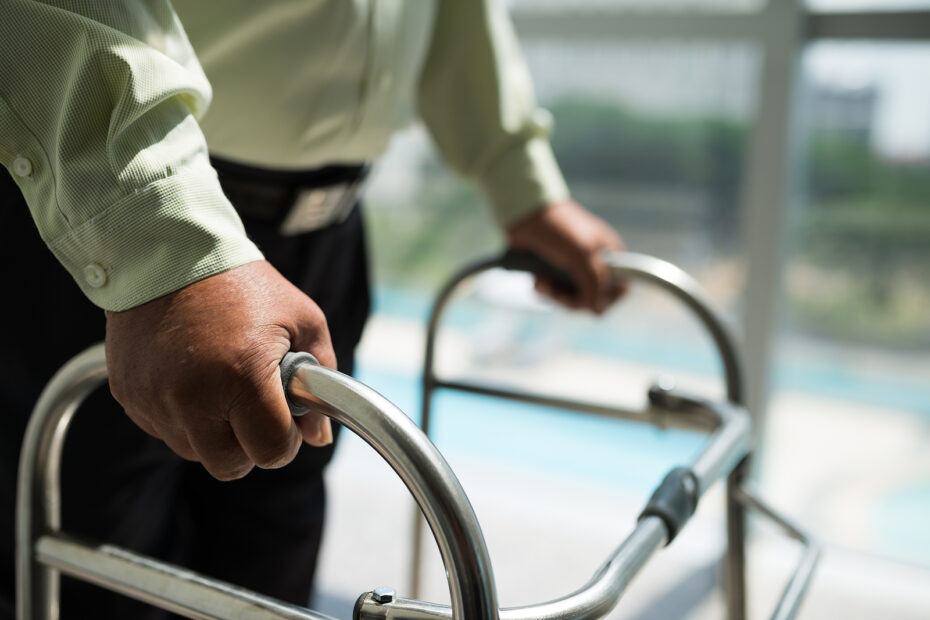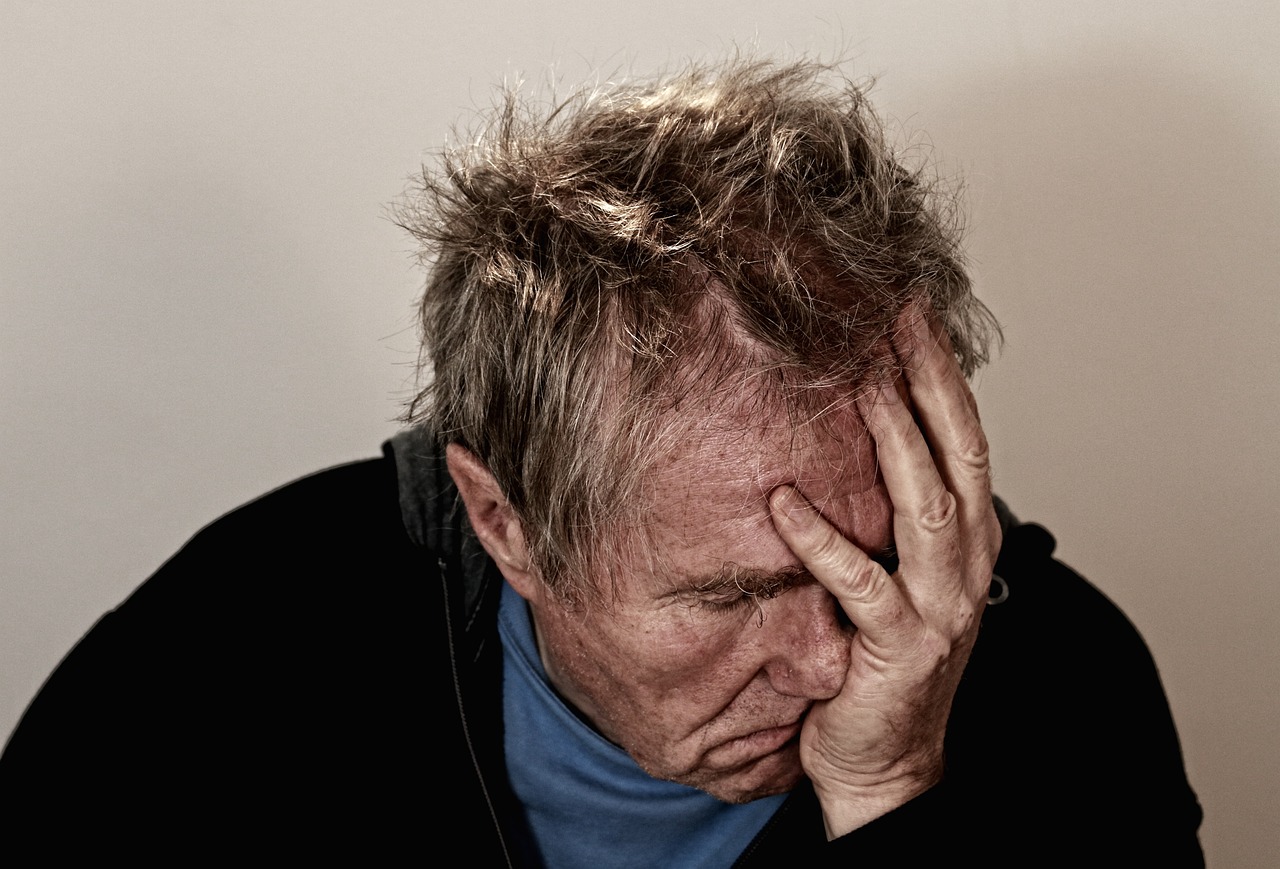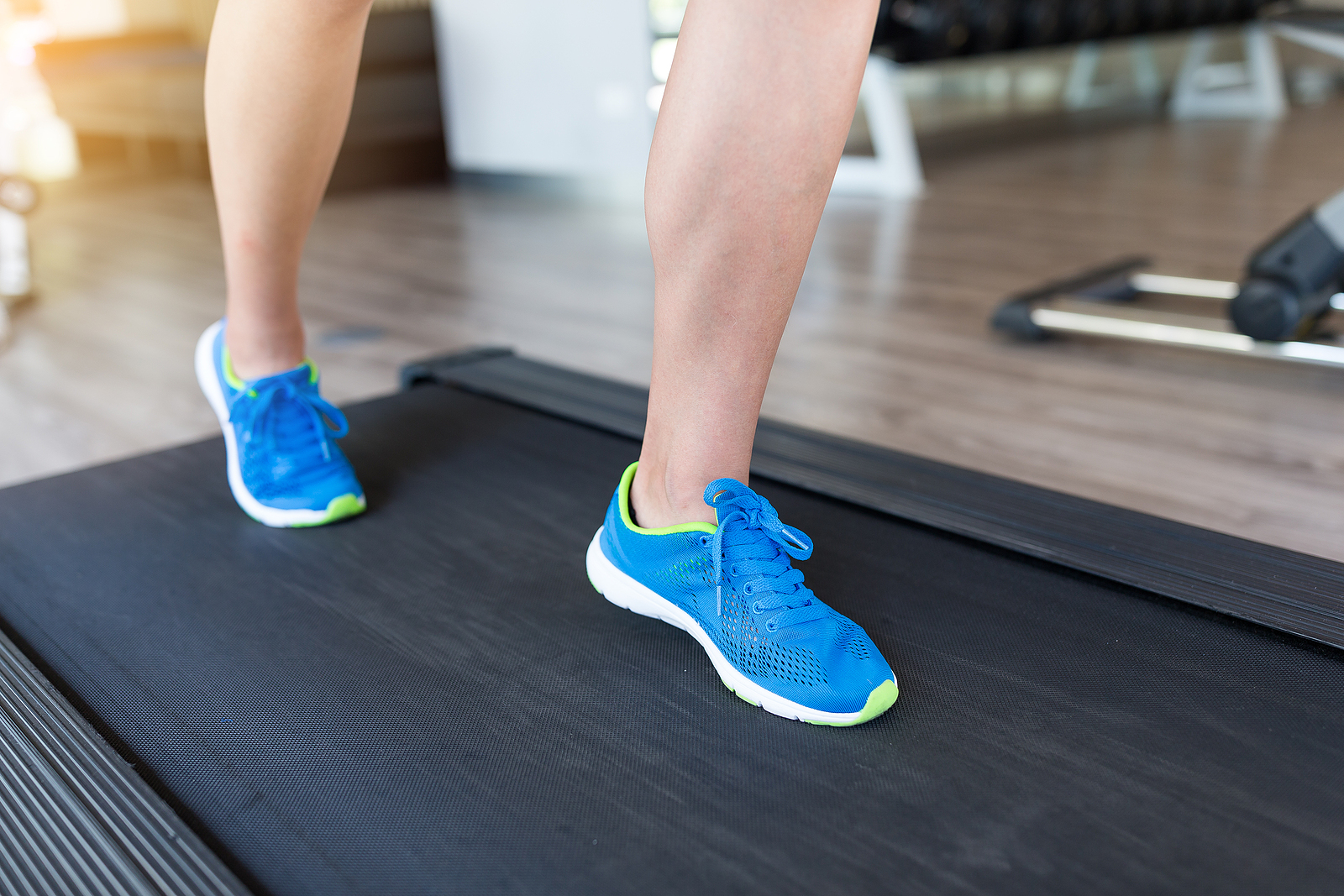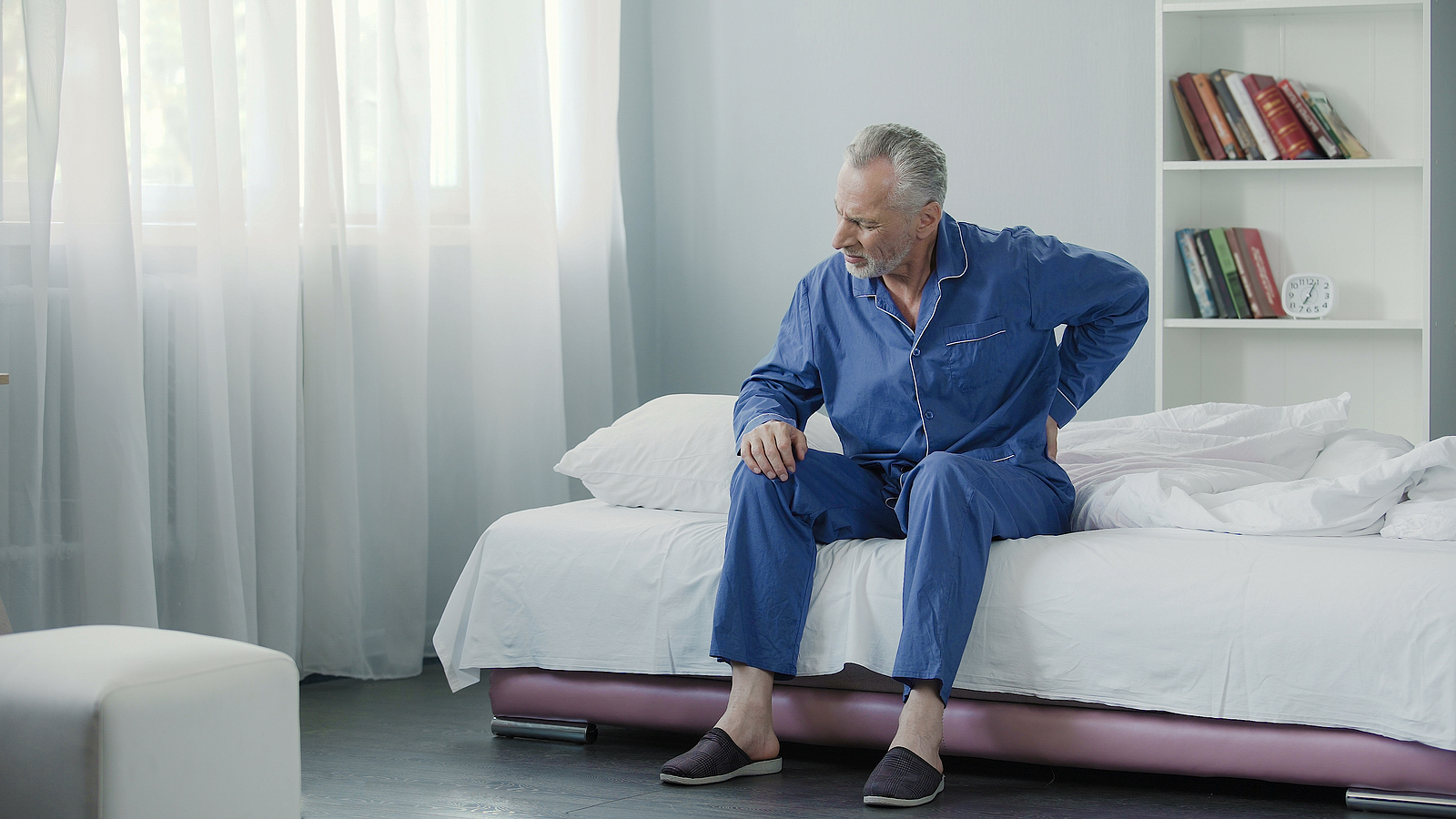Every year, millions of seniors suffer from fall-related injuries at home.
These falls can lead to serious health issues and long-term disabilities, not to mention the cost of healthcare and related family stress that comes with it.
To put it simply, falls aren’t just an inconvenience – they’re a significant health risk, especially for older adults.
But the good news is that most falls are preventable – recognizing where falls are likely to happen and what factors contribute to them is the first step in prevention.
And we’re not talking about elaborate home reconstructions here. There are plenty of easy, straightforward changes that can be made immediately to decrease fall risk in your home.
In this article, we’ll go over simple modifications that significantly decrease fall risk for seniors in their homes.
But first, I want to put things in perspective…
Sobering Fall-Related Statistics
According to the CDC:
- Falls are the leading cause of injury for adults 65 years old and over
- 1 in 4 seniors report having a fall every year
- 37% of these falls require medical treatment
- Falls are the leading cause of injury-related death for seniors
- There are ~ 3 million ER visits each year due to senior falls
- Seniors have ~300,000 fall-related hip fractures each year
Yeah, those numbers don’t lie.
Falls are a serious concern for our seniors and I know falls and their related injuries are a big reason physical therapy is called in for the majority of my patients.
Aches and pains following a fall are annoying, but head injuries and hip fractures can be very serious (experts estimate that upwards of 33% of seniors die within a year of having a fall-related hip fracture).
It’s crucial that we do everything we can to reduce the risk of these falls happening in the first place (it’s also important to know how to get up from a fall so you’ll be prepared for the worst case scenario).
Fortunately, man of these precautions are easy to implement.
Simple Modifications To Prevent Fall Risk
Sometimes, the most effective changes are also the simplest…
1. Declutter
Clutter is a common culprit for falls and it’s one of the easiest risks to avoid.
Just moving stuff out of the way of walking paths can make a huge difference.
Walking pathways should be clear and wide enough to accommodate walkers or other assistive devices being used.
Removing tripping hazards like loose rugs, wires, and unnecessary furniture can also open up pathways and make navigation easier.
Using non-slip mats or strips in areas prone to wet floors, like kitchens and bathrooms, can also provide additional traction.
2. Move Furniture
Furniture arrangement can play a surprisingly big role in home safety too.
You’d be amazed at how many times I go into a home to find patients having to squeeze around awkwardly placed sofas or who can’t open their bedroom doors all the way because of huge dressers resting behind them.
Ensuring there’s enough space to move around without bumping into things can prevent many accidents.
Just like the decluttering point mentioned above, it’s all about keeping pathways as clear as possible for safe walking.
I know this can be difficult in smaller homes where space is limited, but trust me, it’s worth it if it makes you safer.
If necessary, downsize furniture or get rid of certain pieces if all else fails.

3. Install Grab Bars
Another easy and affordable way to boost safety is by installing grab bars and handrails.
Placing these in key locations like bathrooms, staircases, and hallways provides support and stability where it’s needed most.
These fixtures are easy to find at most hardware stores and can be installed quickly (if you aren’t comfortable installing yourself, a local handyman should be able to get the job done).
Helpful tip: avoid suction cup grab bars in showers, as they can loosen up and come off during use (I’ve treated many patients that have fallen because of this. Stick to heavy-duty handrails that screw directly into studs.
If possible, it’s best practice to have handrails available for any stairs that must be used to enter/exit your home.
4. Shower Seating
The shower is one of the most dangerous places in the home and it’s one of the last places you wanna have a fall.
There are tons of hard, sharp surfaces to hit; plus the fact that you’re often naked when falls occur here is a recipe for disaster.
Fortunately, opting for an affordable shower seat or tub bench can make showering a lot safer.
These seating options give a convenient place to sit while bathing, reducing the risk of slipping or getting tired while standing.
FYI, shower seats work better for smaller bathrooms, but tub benches work great for those who have a hard time stepping over the side of the tub.
(There are plenty of other modifications that can reduce falls in the bathroom, so check out my full article on the topic for more info).
5. Proper Lighting
Lighting is another crucial factor that’s often overlooked and dimly lit areas are accidents waiting to happen.
By simply adding brighter bulbs or extra light fixtures (or in some cases turning lights on in the first place), visibility can greatly improve.
It’s also a good idea to consider motion-sensor lights for hallways and stairs for added convenience.
We actually have some on our staircase and they work great.
They’re battery operated and you can usually get a pack of 6 or so for like $25.. a very affordable fall prevention measure.
6. Use an Assistive Device
I saved this one for last, but it’s actually a big one.
Using a walker or cane can significantly reduce your fall risk.
With regards to a walker, I realize nobody wants to admit they need one, with the connotation of getting older and whatnot.
But if using one decreases your fall risk, it’s more than worth the inconvenience.
Walkers and other assistive devices can add much needed stability when walking, decreasing the chances of tripping or losing balance on the move.
If you’ve had 2 or more falls in the last 12 months or are starting to feel less confident on your feet, it may be time for a walker (check out this article for more signs you may benefit from a walker).
Proactive steps like these don’t just prevent falls—they also create a more comfortable and accessible living space. Simple adjustments can make a significant impact, providing peace of mind for you and your loved ones.
Advanced Modifications for Enhanced Safety
The above tips can do the trick for many seniors, but for those needing extra precautions, advanced modifications can offer enhanced safety:
- upgrading to walk-in tubs and low-entry showers make it safer to bathe
- widening doorways can make it easier for walkers and wheelchairs to pass through
- upgrading floors can reduce uneven surfaces and reduce tripping hazards
- investing in a stair lift can significantly reduce fall risk with going up/down staircases
Final Thoughts
Making initial modifications is a great start, but ongoing maintenance is key to keeping a home safe.
Regularly inspecting installed features like grab bars, handrails, and lighting ensures they remain in good condition and effective.
Simple checks can prevent small issues from becoming big problems.
Educating family members and caregivers about these modifications and their proper use is important too – everyone in the household should understand how to utilize the safety features effectively.
This understanding makes daily life safer and eases concerns about potential accidents.
Overall, the benefits of proactive fall prevention are clear: fewer accidents, less strain on healthcare resources, and improved safety for our seniors
Whether it means adding a grab bar in the bathroom or ensuring hallways are well-lit, these modifications can make all the difference.
If you have any questions, comments, or fall prevention tips you’d like to share, leave ’em below and I’ll get back to you in a bit.



